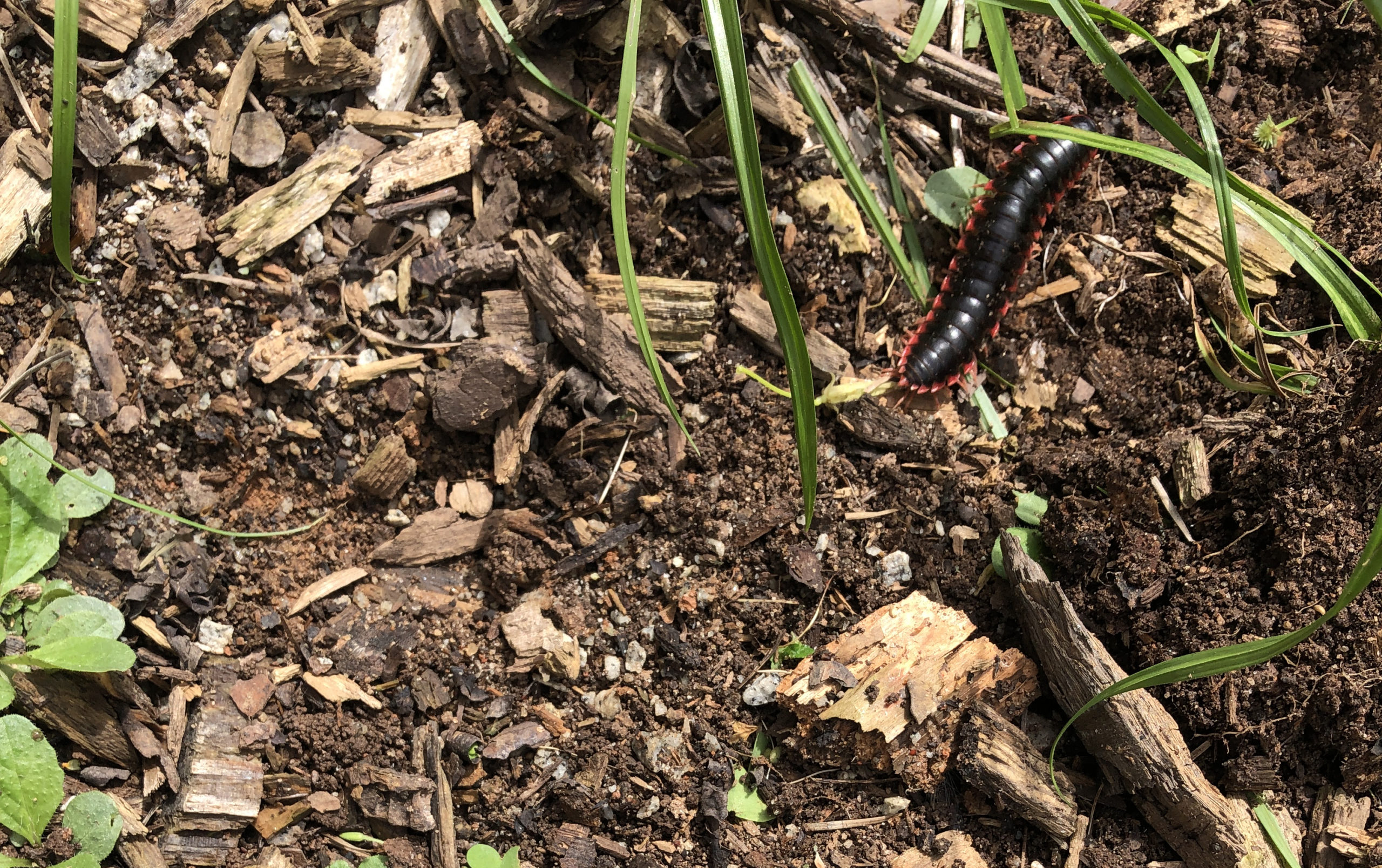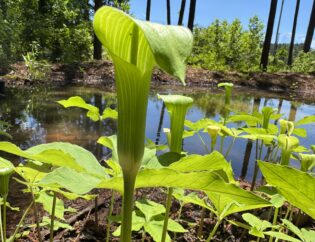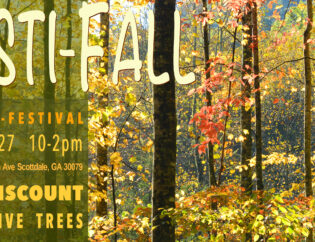
The Science:
What is soil? Soil is complicated. Well, maybe complex is a better word. The top several inches of fertile soil has four basic components, but each of those components comes together to create an interactive, and very much alive, community.
Four components of soil are:
1.) clay
2.) sand
3.) organic matter, and last but not least:
4.) biota.
1.) Clay is a material with a negative (anion) charge. Think of static electricity during the winter. These anions grab and hold onto positively charged (cation) nutrients. The positively charged nutrients are Nitrogen, Phosphorous, Calcium, Iron, Sodium and Magnesium. Without anions holding onto them, these nutrients would leave the garden, washing downstream or release into the air immediately.
There are a few problems with heavy clay soils. When wet, clay is often very dense all by itself, it doesn't provide air spaces or pores for root penetration. When clay dries out, it shrinks, gets as hard and impenetrable as a rock, and is also difficult for roots to penetrate. Roots need air, and either wet or dry, there are not a lot of naturally occurring air pockets in heavy clay that would allow a plant’s root system to breathe.
2.) Sand is often a fine, granular, silica based, material, with a neutral ionic charge. Most silica based sands do not have much nutrient content. Without an ionic charge, sand cannot hold cation nutrients. This often leads to needing alot of amendments to garden or farm in sandy soils.
Too much sand in a soil leads to nutrients leaching quickly by allowing volumes of water to move through the landscape. Sand by itself is easily penetrated by plant roots, but by itself has no tilth, or structure, it collapses and is easily eroded. Sandy soils also let water percolate through quickly and tend to be very dry.
3.) Organic matter is the third component in soil, and like clay, it has a negative, or anionic, charge. Like clay, this negative charge in organic material allows it to hold onto cation nutrients, and prevent those nutrients from leaching by the action of water, or being released into the air.
Organic material in soil is the result of decomposing plant and animal materials. Branches, bark, leaves, fecal and physical material of insects, worms, soil biota, reptiles, birds, amphibians and mammals. By its nature, organic matter is rich in nutrients, especially nitrogen from plant materials, flesh, and blood by products, and fecal matter. Decaying bones and insect exoskeletons are rich in calcium and phosphorous. (Is all of this gross? Not really, think of how awful it would be if natural systems didn’t recycle all of the dead plant and animal material.) Although this organic material is very rich in nutrients, all by itself organic material can become water logged and oxygen depleted, starving plant roots for oxygen and creating a sad, smelly anaerobic stew of rotten plant roots.
4.) Biota, well it's a deep subject with a cast of microfaunal characters and it's gonna take another post...
More Resources/Works Cited:
Ketterings, Quirine, Reid, Shaw and Rao, Renuka. Agronomy Fact Sheet Series, Fact Sheet 22, Cornell University Cooperative Extension. (Cornell University, Ithaca, 2007.) http://nmsp.cals.cornell.edu/guidelines/factsheets.html
Kluepfel, Marjan and Polomski, Bob PhD. Mulch Factsheet, HGIC 1604. Clemson Cooperative Extension Home & Garden Information Center. (Clemson University, Clemson. Jun 20, 2016.) https://hgic.clemson.edu/factsheet/mulch/
Mengel, David B. Agronomy Guide, Purdue University Cooperative Extension Service. (Purdue University, West Lafayette, 2020.) https://www.extension.purdue.edu/extmedia/AY/AY-238.html









